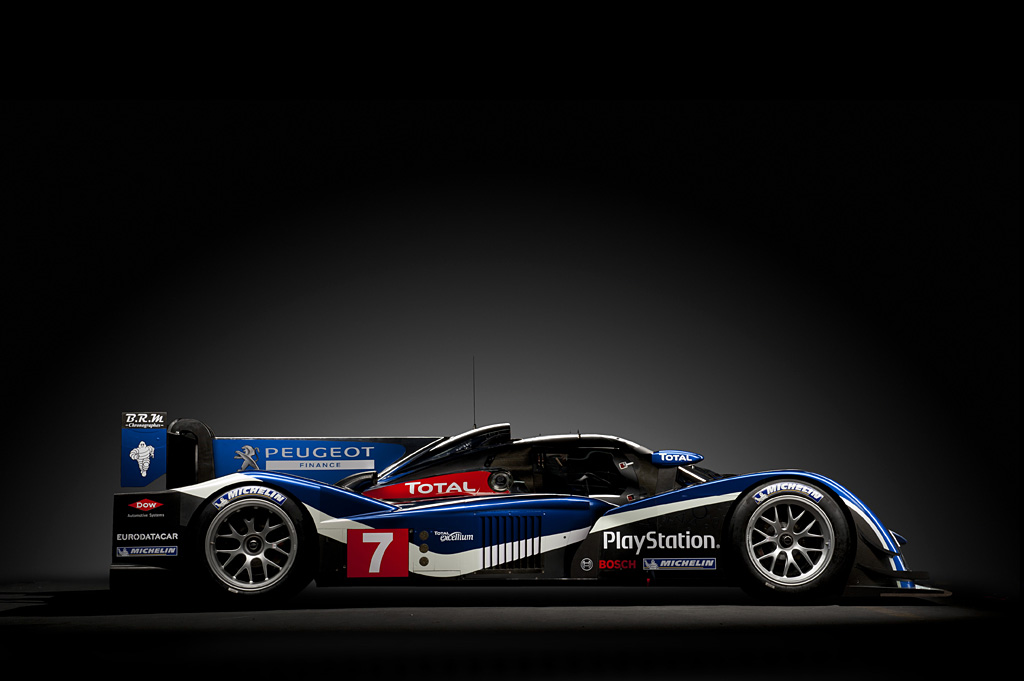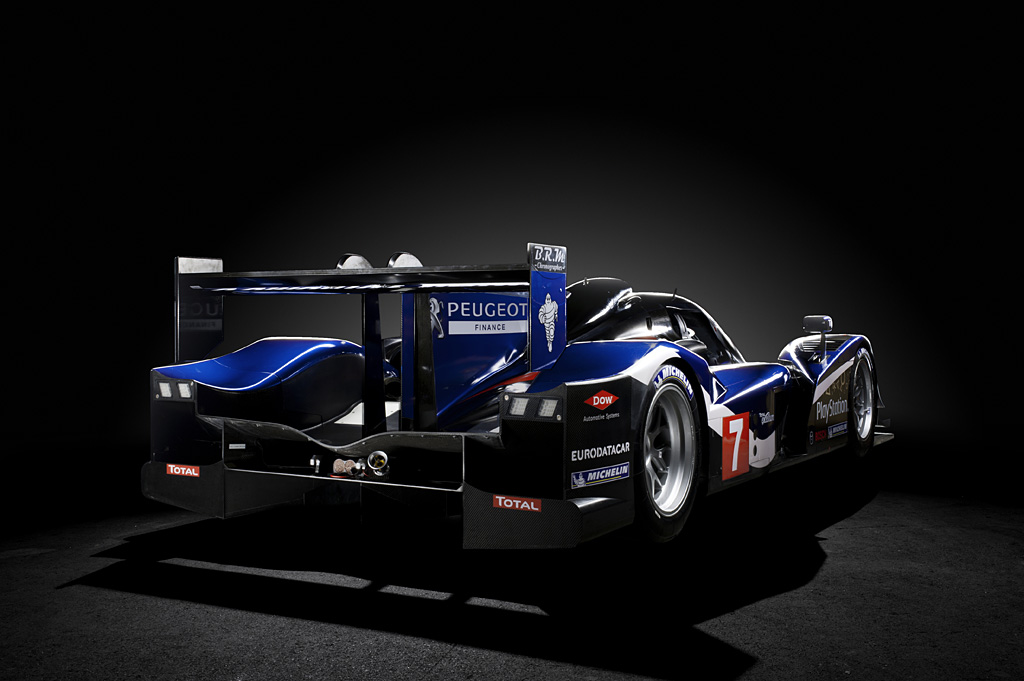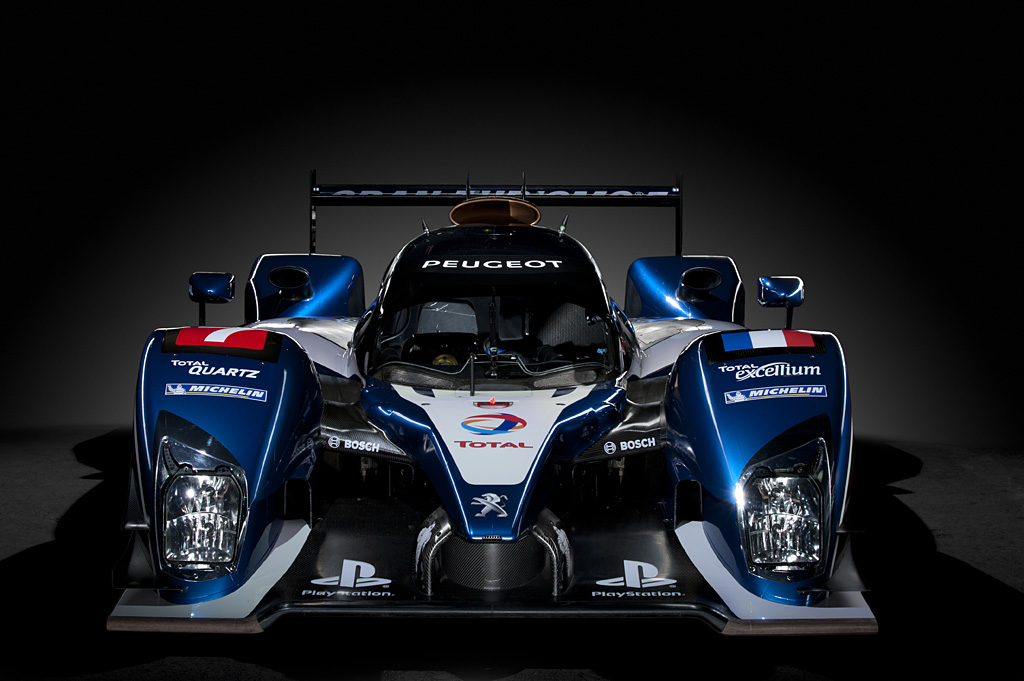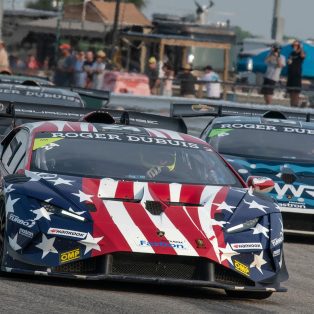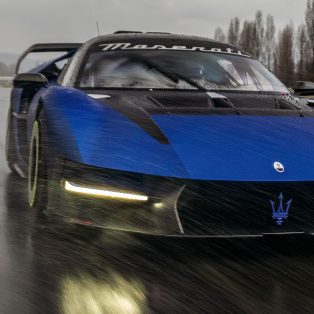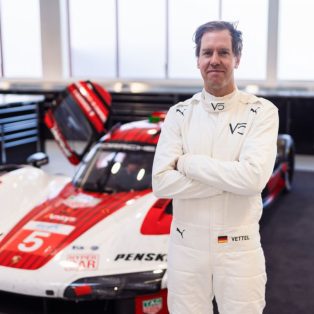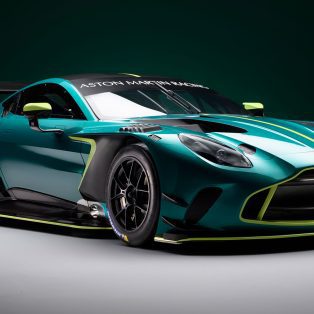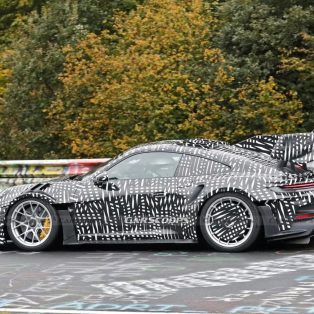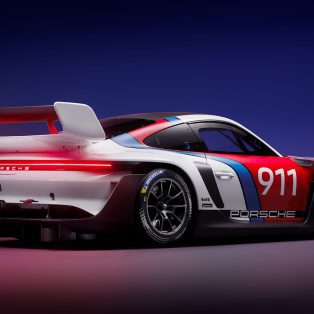2011 Peugeot 908
Following in the wake of the 905 and the 908 HDi FAP, the 908 is the third car to have been developed by Peugeot Sport for endurance racing. And, like its forebears, its mission will be to extend Peugeot’s winning record at Le Mans which already features three wins, in 1992, 1993 and 2009. The 908 complies with the latest technical regulations and notably features a so-called shark’s fin engine-cover appendix. It is a closed-cockpit car, with four identical wheels, and is powered by a 550-horsepower, 3.7-litre V8 HDi FAP diesel engine. It means Peugeot Sport will be competing in endurance racing for the fifth year running with a diesel engine equipped with a particulate filter (FAP/Filtre à Particules). Since 1998, more than seven million HDi engines have been sold worldwide, helping Peugeot to earn a reputation as one of the biggest players in the realm of clean diesel power.
The 908 packs the same technologies as those employed for Peugeot’s road cars, while there has been close collaboration between the group’s engineers and specialists and their counterparts at Peugeot Sport to ensure that expertise in domains like fuel efficiency, respect for the environment and performance is shared between road cars and motorsport.
Technical Solutions
Immediately after the 2009 Le Mans 24 Hours, Peugeot Sport’s engineers started to put pen to paper to design a new car destined to comply with the new, upcoming technical regulations. They sought to profit from the lessons learned with the 908 HDi FAP: “The regulations have evolved a great deal but we didn’t start from a clean sheet,” notes Bruno Famin, Peugeot Sport’s Technical Director. “The experience we have gained over the past four years helped to steer the decision-making process and our technical choices, although the only component which has been carried over at the end of the day is the windscreen wiper! One of the principal difficulties we faced was having to design an all-new car while continuing to race another at the same time. We also needed to set ourselves sound objectives with a view to obtaining the best possible package with regard to engine performance, aerodynamics and weight distribution. We will only find out how successful we have been when we start racing the new car…”
A closed-cockpit car: “We knew from previous testing work that there is little significant difference between open- and closed-cockpit cars in terms of their aerodynamic performance. At the same time, despite the added constraints they bring when working on them at races, closed-cockpit cars provide additional safety for the drivers. We therefore decided to stay with the same solution.”
Engine: “We have also made full of our experience with the V12. We ultimately decided to opt for a turbocharged diesel V8, the characteristics of which are very similar to those of the V12. The angle of the ’vee’ is 90 degrees (compared with 100 degrees in the case of the V12) for balance reasons. The cubic capacity is 3.7 litres and the new V8 HDi FAP boasts peak power of 550hp. We ran it for the first time on the dyno on January 25, 2010.”
Four identical wheels: “Today’s LMP cars have a shortcoming with regard to front-end road holding performance. The logical way to cure this was to increase the size of the contact patch between the tyres and the track, which entailed running bigger front wheels, within the limits specified by the regulations. This aspect of the car’s development was carried out in close collaboration with our partner Michelin.”
Aerodynamics: “Given the big reduction in engine power resulting from the 2011 regulations (a fall of approximately 150hp), we had to take a fresh look at the trade-off between aerodynamics, drag and downforce. The latter has been significantly reduced in order to maintain a reasonably high top speed.”
The new car made its track debut on July 27, 2010. “This was the deadline we set ourselves, although we knew we would almost certainly run into teething trouble given that this was an all-new car. We did indeed have problems but we succeeded in resolving them one by one as we got more and more kilometres on the clock. One of the very positive points we found was that the car’s handling lived up to our expectations out of the box. With regard to its other strengths and weaknesses, we will need to wait until the first races to see how we compare with our rivals. That said, we continue to work without worrying about what our opponents are doing; we are simply focusing on our own objectives. Between the car’s track debut in 2010 and the 2011 Le Mans 24 Hours, we will have completed 12 tests in all, at a number of different circuits,” concludes Bruno Famin.
The full championship
The Intercontinental Le Mans Cup has expanded from three rounds in 2010 to a seven-round calendar this season, including two races in the USA (Sebring and Petit Le Mans Road/Atlanta), three in Europe (Spa-Francorchamps, Imola and Silverstone) and one in China, plus the bill-topping Le Mans 24 Hours. “We clearly want to defend our ILMC title,” underlines Olivier Quesnel, the Director of Peugeot Sport. “We won all three rounds of the series in 2010, but there is one round we are especially targeting this year, and that is Le Mans.
This legendary event has now been incorporated into the championship, a move we believed was necessary – indispensable even. Including Le Mans will be very beneficial for the championship and will put an even bigger spotlight on endurance racing which is a discipline that permits carmakers like Peugeot to showcase their knowhow and technology in extreme conditions. We have consequently submitted entries for two cars to the ACO for every round, with the exception of Spa-Francorchamps where we will take three cars to use it as a full- scale dress rehearsal ahead of the Le Mans 24 Hours.”
Outstanding drivers
This season sees the introduction of a more balanced calendar, a shift in the technical regulations and the arrival of a new car, but the people who make up the team are just the same. “At our debrief after the 2010 Le Mans 24 Hours at our base in Vélizy, I told all our drivers that I had every confidence in them for 2011,” concludes Olivier Quesnel. “They are true professionals, every one of them. We have nine world class drivers who count among the discipline’s very best. We have everything to gain from sticking to the same line-up.”
The three crews for Le Mans:
– N°7 908: Alexander Wurz / Anthony Davidson / Marc Gené
– N°8 908: Franck Montagny / Nicolas Minassian / Stéphane Sarrazin
– N°9 908: Sébastien Bourdais / Pedro Lamy / Simon Pagenaud
In Detail
| type | Racing Car |
| built at | France |
| engine | Diesel 90º V8 |
| position | Mid, Longitudinal |
| aspiration | Twin Garret Turbochargers |
| block material | Aluminum |
| valvetrain | DOHC, 4 Valves per Cyl |
| fuel feed | Bosch MS17 Direct Fuel Injection |
| displacement | 3700 cc / 225.79 in³ |
| power | 410.1 kw / 550 bhp |
| specific output | 148.65 bhp per litre |
| bhp/weight | 594.59 bhp per tonne |
| body / frame | Carbon Compostie Monocoque |
| wheel type | BBS Magnesium |
| front brakes | Carbon Ceramic Discs |
| rear brakes | Carbon Ceramic Discs |
| steering | Rack & Pinion w/Electric Assist |
| curb weight | 925 kg / 2039 lbs |
| length | 4650 mm / 183.1 in |
| width | 2000 mm / 78.7 in |
| transmission | 6-Speed Sequential |
| designers | Claude Guillois (engine), Guillaume Cattelani (aerodynamics), Paolo Catone (chassis) |





